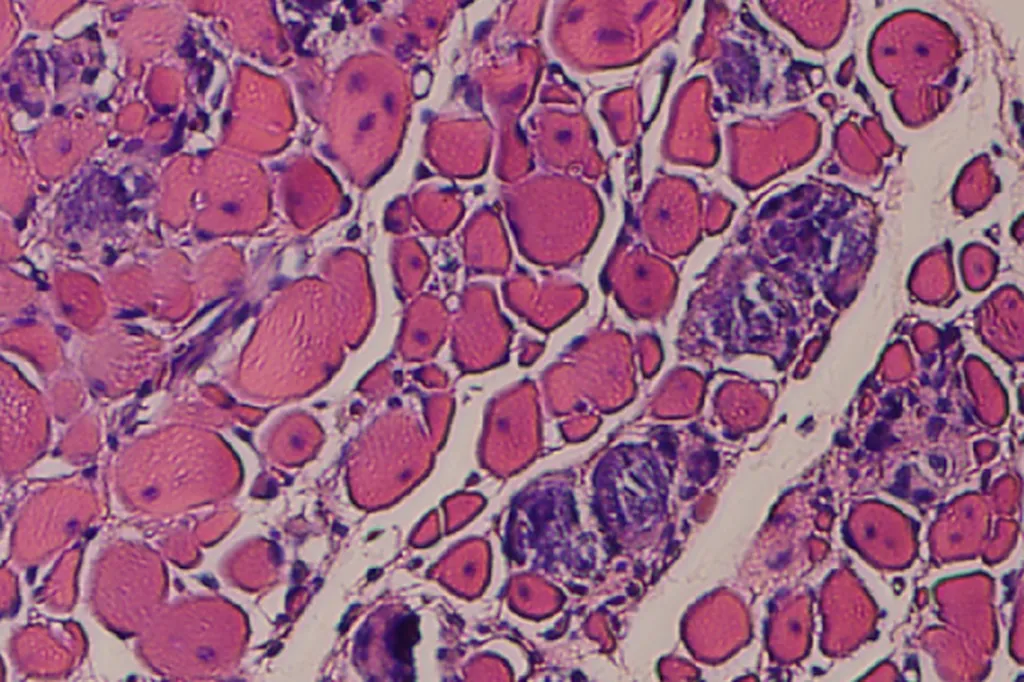In the realm of regenerative medicine, a new frontier is emerging that could revolutionize the treatment of significant tissue loss, particularly in muscle. Researchers, led by Indranil Sinha from the Department of Surgery at Brigham and Women’s Hospital and Harvard Medical School, are exploring the potential of cellularized scaffolds to address volumetric muscle loss—a condition that has long posed challenges for both patients and medical professionals.
The traditional approach to treating tissue loss has involved the use of acellular scaffolds, which have shown promising results in preclinical studies. These scaffolds, often made from biocompatible materials, provide a structural framework that supports tissue regeneration. However, while they can integrate well with host tissue, they often fall short in restoring full tissue function.
Enter cellularized scaffolds, which incorporate stem or progenitor cells into the scaffold structure. These cells have the potential to significantly enhance tissue regeneration and functional recovery. “The addition of cellular components can promote further return of tissue function that scaffolds alone cannot achieve,” explains Sinha. This approach leverages the body’s own regenerative capabilities, potentially leading to more effective treatments for conditions like volumetric muscle loss.
However, the inclusion of cells in scaffold-based tissue engineering is not without its challenges. “Inclusion of any cell types, however, results in increased costs, potential delay treatments, and vastly increased regulatory hurdles,” notes Sinha. These factors must be carefully considered as researchers and clinicians work to translate these promising preclinical findings into clinical practice.
The implications of this research extend beyond the medical field. In the energy sector, for instance, the development of advanced biomaterials and regenerative technologies could lead to innovative solutions for energy storage and conversion. The principles underlying cellularized scaffolds could inspire new approaches to designing materials that are not only durable but also capable of self-repair and regeneration.
Published in the journal ‘Biofunctional Materials’—which, translated to English, means ‘Materials that Support Life Functions’—this research highlights the interdisciplinary nature of modern scientific inquiry. It bridges the gap between biology, materials science, and clinical medicine, offering a glimpse into a future where regenerative therapies are more effective and widely accessible.
As the field continues to evolve, the work of Sinha and his colleagues serves as a reminder of the immense potential that lies at the intersection of different scientific disciplines. By addressing the challenges and harnessing the benefits of cellularized scaffolds, researchers are paving the way for groundbreaking advancements in tissue regeneration and beyond.

